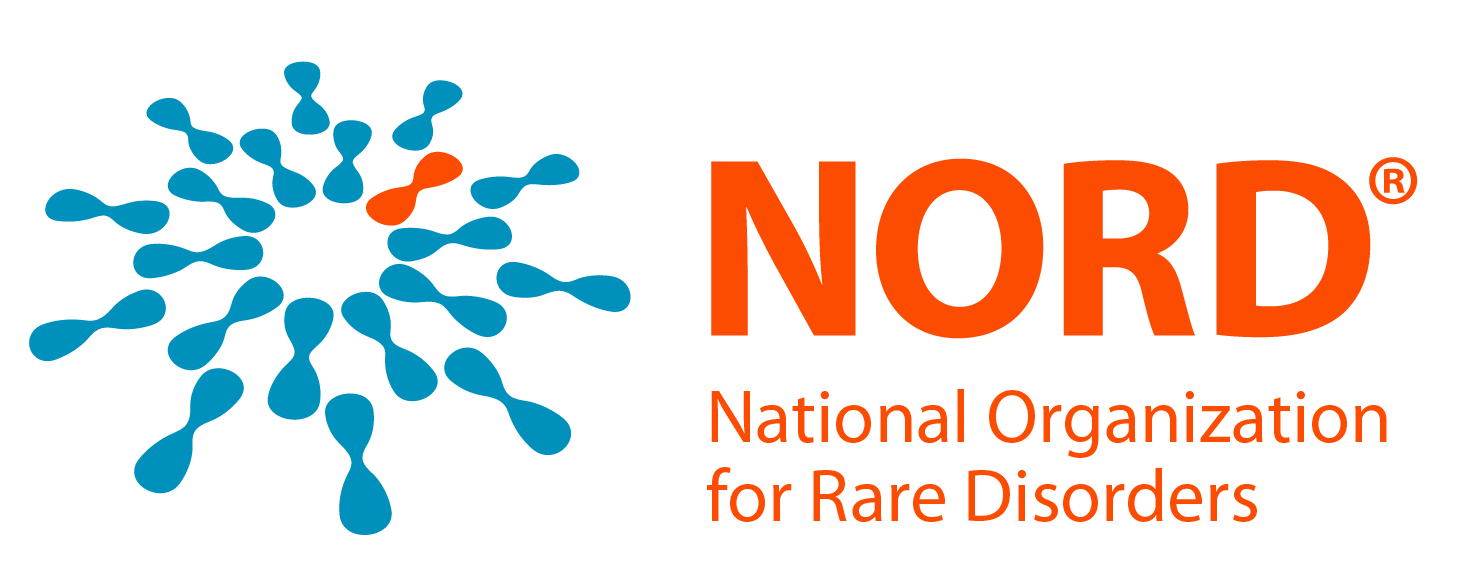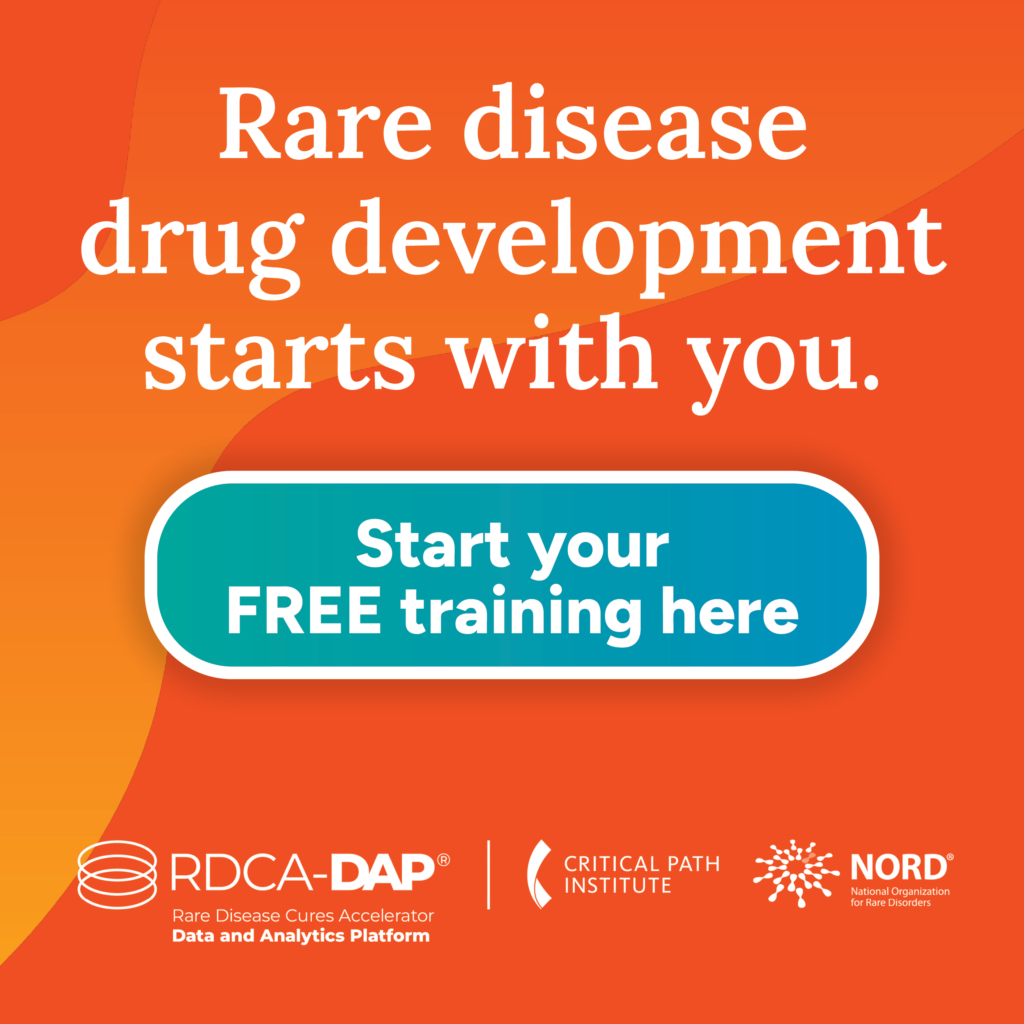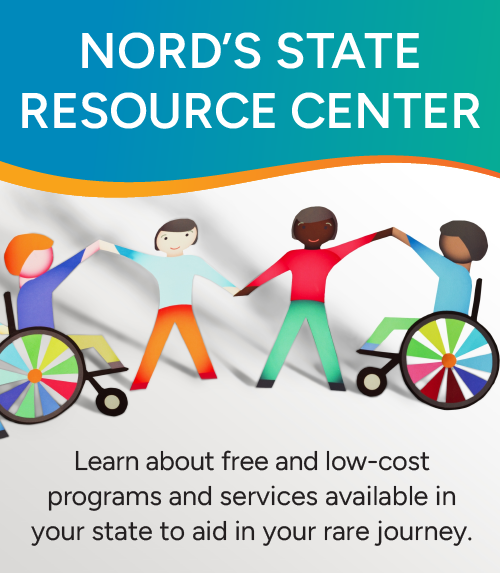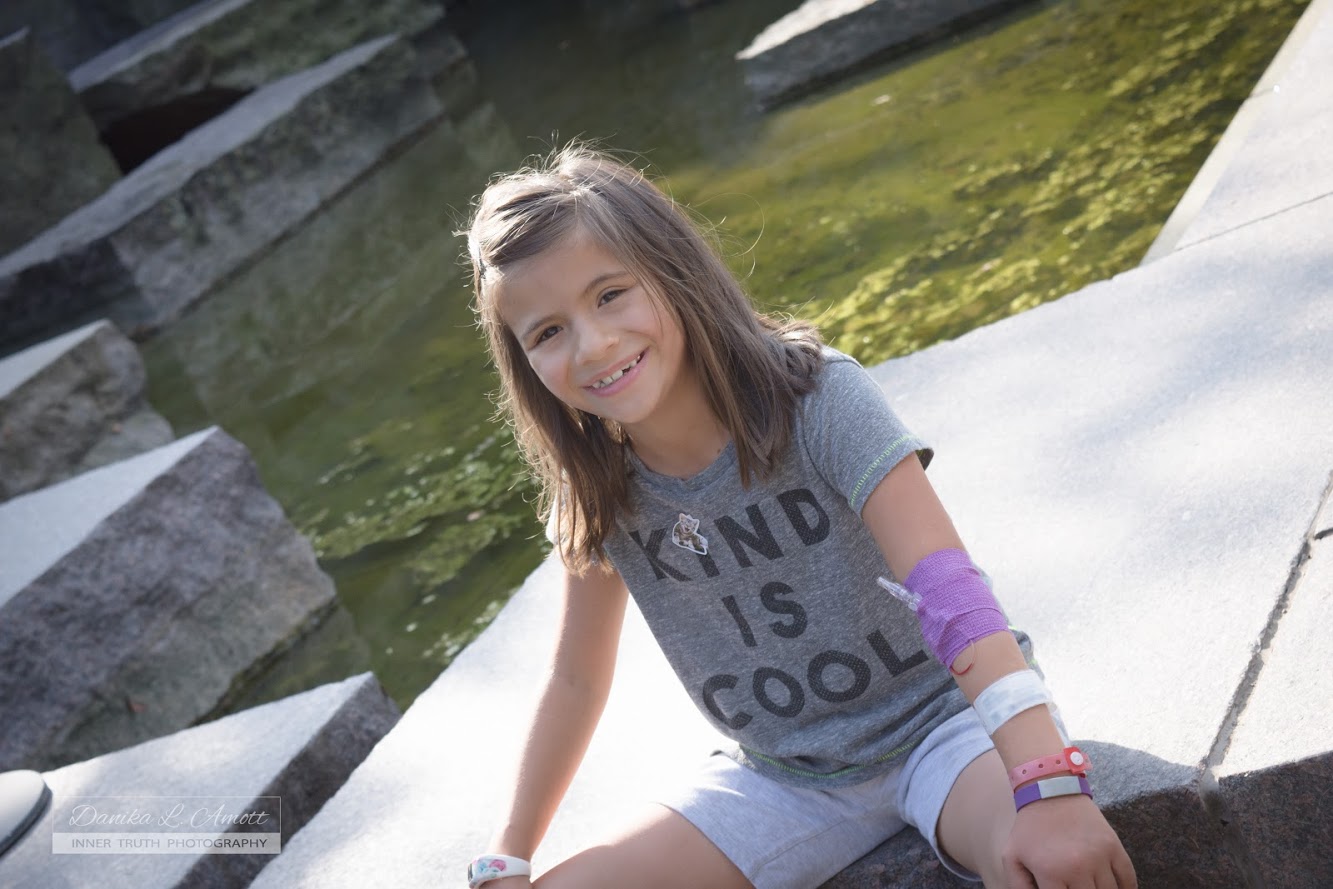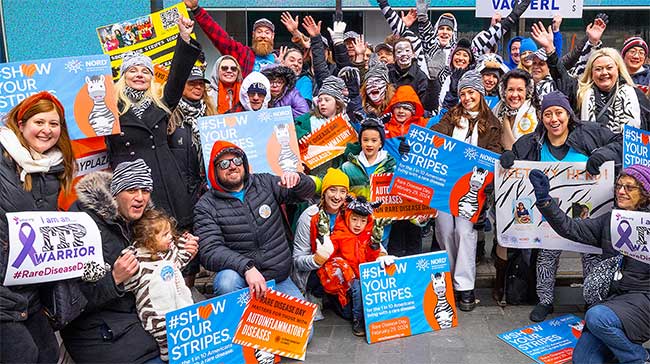The following story was submitted by Danika Amott in honor of Rare Disease Day. In this story, Danika shares her family’s journey of receiving a 17q24.2-17q24.3 unnamed deletion and
Carney Complex diagnosis for their daughter, Ana.
Share your story for Rare Disease Day here.
We met five pound, six-week-old Ana in the hospital where she was recovering from pneumonia and a staph infection in the brain at 2 weeks old. 17q24.2-17q24.3 deletion includes many unknowns. The deleted PRKAR1A section that causes Carney Complex, affecting 750 other people, has been researched to pinpoint a few major symptoms. They include heart tumors, sudden death or stroke, and tumors on endocrine organs and all other areas of the body. Adrenal tumors cause PPNAD and then when removed, Addison’s disease. High levels of cortisol from adrenal tumors cause Cushing’s disease and others. Tumors have a tendency to regrow, making this truly a lifetime disease. Scans and blood work are life-saving for people with Carney Complex. Ana is frequently in to make sure her heart is clear. Endocrine tumors cause her to have high cortisol which affects her sleep and behavior. 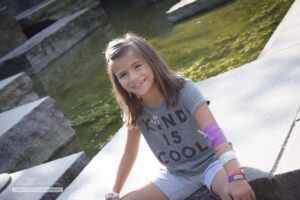
We were told initially that Ana was the only person with her gene deletion. However, after creating a Facebook group, we found 10 others with similar deletions. Almost all have intellectual disabilities, food avoidance and/or feeding tubes. Her deleted gene segments also affect dental and mental health systems and many other seemingly random issues.
Although Ana has some learning disabilities, she is extremely bright. When she started refusing food and losing weight we saw an allergist for her “itchy throat,” and we officially discovered her allergies. Interestingly, as we have discovered and removed more and more allergens, so many of her mental health issues went away. This was a huge concern to us because her birth mother, who has the same deletion, was diagnosed with schizophrenia, among other mental illnesses, and is intellectually disabled.
All Ana wants is to share her enthusiasm for life and to “be normal.” Her extremely short stature has been the cause for many meltdowns as kids tease her. Because of her learning disabilities and many allergies, we tried homeschooling for a couple of years and while she caught up in math and finally learned to read, she really missed school.
We have been so blessed to be accepted to a charter that has a no food policy. This means no food rewards from teachers, rogue treats from parents, etc. It has been a long time trigger to see others get food that she can’t have, so this small change has been amazing for her. I have to cook almost everything from scratch so keeping something in a cupboard at school or church just doesn’t work with a few packaged foods available. Imagine having to watch others eat fluffy frosted cupcakes, donuts and candy while you get an apple offered multiple times a day or worse, “just ask your mom when you get home.” Now that school is covered, we are down to church and weekly church activities for the majority of emotional food worry.
Ana goes to the NIH for a study on Carney Complex, which has no cure but we are always hopeful. There are no studies or doctors for the rest of the deletion. At the NIH, Ana has had the pleasure of meeting a few other Carney Complex patients. There is an amazing benefit to knowing someone else who is dealing with the same thing as you. These young kids do such a great job at living their lives, but what we often don’t see in public are the tears that they shed over their friends and their fears. Last year, two of the dear friends she met at NIH passed on, both from cancer. She got to know her “best Carney Complex friend that is my age at NIH” and it was a hard hit to find that she had already had heart surgery to remove a tumor. Previously the literature on Carney Complex said tumors happened after age 22. We still deal with doctors who think that she doesn’t need scans because she’s too young, when from our Facebook group we know that there have been several young children with tumors, strokes or sudden death.
Mourning the life that you think you should be able to live and can’t is a tough thing. Seeing food everywhere that you can’t have; wondering how long you will live; the sleepless fear when you find out that your best Carney friend your age had another heart tumor and surgery only a year from her first; panicking when your chest hurts because you think you’re going to be incapacitated by a stroke or die suddenly; hearing the doctors talk right in front of you about the chances of death by tumor or food allergy; listening to the other doctor yell at your mom because he thinks you need to eat the allergens so you don’t lose weight, then another the same week saying don’t eat them or you’ll die – it is all very hard.
Wanting to be excited about growing an inch but worrying because the doctor said sudden growth spurts could be acromegaly; listening to a doctor telling mom you must be making up your migraines and blurry vision because you want to get out of school, that you’re making up chest pain to get attention; another doctor directing you to go to the ER if you have chest pain so you’re hyper-aware of any chest pain; being intellectually able enough to absorb every single thing that anyone says about you or your disease; therapists, therapists, therapists; being the one to be blamed first all the time because of previous behaviors and other people knowing how to be quietly mean when you are never quiet; being in constant anxiety for meeting new friends in the rare disease community because you don’t know if they will die even though you really love being friends since they “get it” – all part of life with Carney Complex, gene deletions, food allergies and rare disease.
This is why we choose to celebrate Rare Disease Day in 2019. Awareness brings understanding from others and, by getting Ana’s diseases out there, we have a better chance of finding others in a similar circumstance who feel alone, who were also told, “you are the only one.”As more people know about her particular rare disease, we have a better chance of someone picking it up for a study. It’s 2019. It’s time for inclusion. It’s time for empathy. It’s time for a cure.
